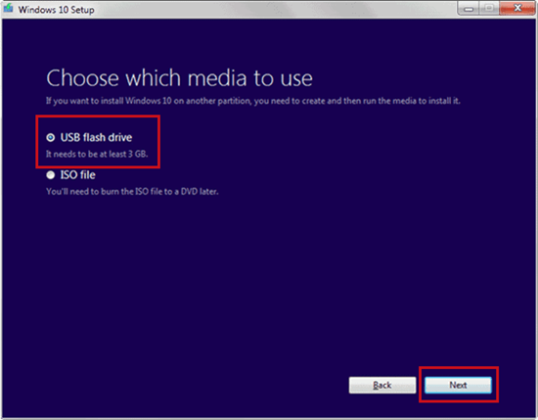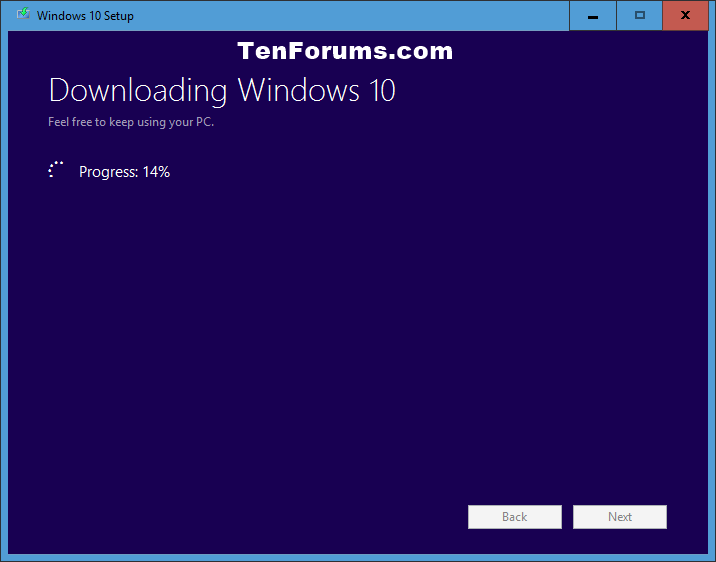

So, if Windows 10 is not behaving in the expected manner, you can rely on the USB stick to reinstall it. Not only can you install Windows 10 from the drive, you can also reinstall Windows 10 with a USB stick.

While this is fine, it might be worth leaving it alone as a dedicated Windows 10 installation and repair drive. Once you've installed Windows 10 from the bootable USB drive, it's tempting to format the entire USB drive so that you can reuse the drive later on. This will ensure your USB thumb drive is working properly which may be preventing a successful completion.How to Reinstall and Repair Windows 10 From USB Expand "Show advanced format options" under Format options in Rufus and check the option to "Check device for bad blocks". Pro Tip: If you are having issues creating your bootable USB thumb drive.

The process may take several minutes depending on the speed of your USB thumb drive. Click OK on the confirmation screen to begin creating your bootable USB drive. The Format Options can usually be left as is, hit Start when you are ready. Now theres no need to format the disk again and again or to extract. Once selected, just hit Open.įor image option, partition scheme and target system, I suggest using the defaults which are "Standard Windows Installation", GPT Partition Scheme and UEFI target system. Ventoy is an open source tool that lets you create a bootable USB drive for ISO files. When you click on Browse within Step 3, the system will open the folder that is associated with the determined ISO from Step 2.' Click on the file and then Open. The third step becomes available once you locate and click on the downloaded ISO. If you need to download a Windows 10 ISO file, check out this article. Select the ISO image from the comprehensive list: Linux Mint, Ubuntu, etc. Next, click Select and navigate to your ISO file you want to use. To be safe, I typically use a 16GB thumb drive by Transcend.īy default, Rufus will only display removable USB drives but make sure the correct device is selected under Drive Properties. Make sure that your USB thumb drive is larger than the ISO file downloaded. Once installed, plug in your USB thumb drive and then start up Rufus. Alternatively you can download directly from the Github repository here. To get started, head over to and download Rufus 3.12 or later.

This is very helpful when performing a clean install of the Windows 10 20H2 October update ISO. But recently I switched to using a new tool called Rufus that is both reliable at successfully creating bootable media and automating many steps to quickly get the job done so you can perform a clean install. I've written about a few methods over the years to create a bootable USB flash drive from a Windows 10 ISO file.


 0 kommentar(er)
0 kommentar(er)
